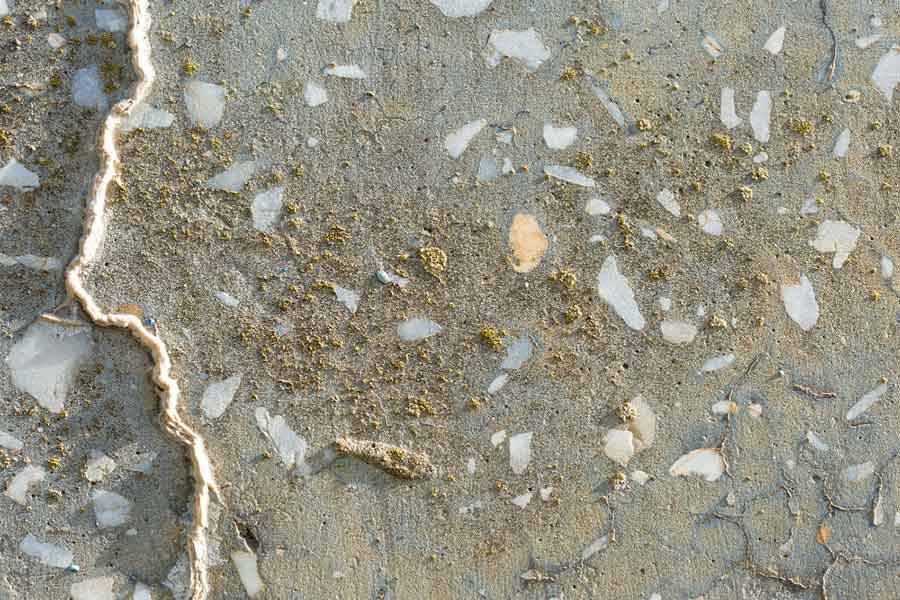What are the health risks if I have asbestos in my home, building, apartment, or school?
Asbestos that is in good condition and left undisturbed is unlikely to present a health risk. The risks from asbestos occur when it is damaged or disturbed, allowing the asbestos fibers to become airborne and potentially inhaled.
How do I know if I have asbestos in my home (in floor tile, ceiling tile, shingles, siding, etc.)?
The only way to be sure whether a material contains asbestos is to have it tested by a qualified laboratory. EPA only recommends testing suspected materials if they are damaged (fraying, crumbling) or if you are planning a renovation that would disturb the suspect material. Samples should be taken by a properly trained and accredited asbestos professional.
Since asbestos was banned, do I need to be worried about products on the market today containing asbestos?
On July 12, 1989, the EPA issued a final rule under Section 6 of the Toxic Substances Control Act (TSCA) banning most asbestos-containing products in the United States. In 1991, the rule was vacated and remanded by the Fifth Circuit Court of Appeals. As a result, most of the original ban on the manufacture, importation, processing, or distribution in commerce for most of the asbestos containing product categories originally covered in the 1989 final rule was overturned. Although most asbestos containing products can still legally be manufactured, imported, processed, and distributed in the U.S., according to the U.S. Geological Survey, the production and use of asbestos has declined significantly.
Is there still asbestos in automobile brakes?
It is possible that some aftermarket brakes, especially imported brakes, may still contain asbestos.
My attic has vermiculite insulation in it. Am I at risk? Should I take it out?
If you have vermiculite insulation in your home, you should assume this material may be contaminated with asbestos and be aware of steps you can take to protect yourself and your family from exposure to asbestos. The EPA recommends that vermiculite insulation be left undisturbed. Airborne asbestos fibers present a health risk through inhalation, so the first step is to not disturb the material, which could release fibers into the air. If you choose to remove the vermiculite insulation, you should make sure the work is done by a trained and certified asbestos abatement contractor.

